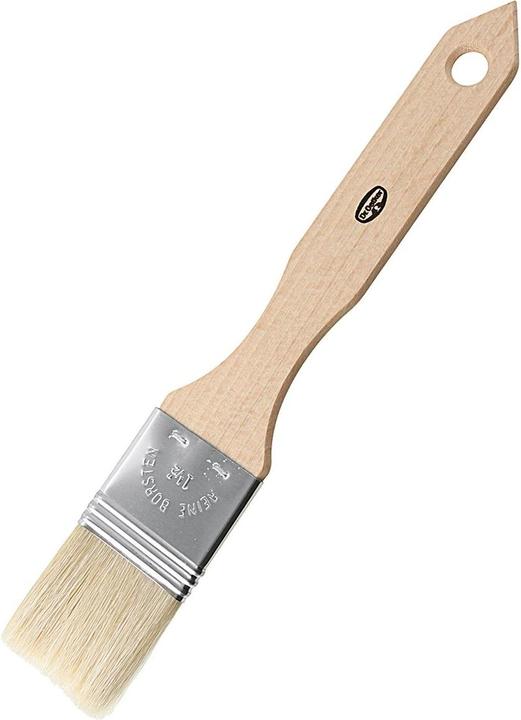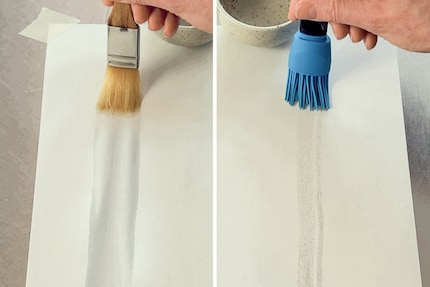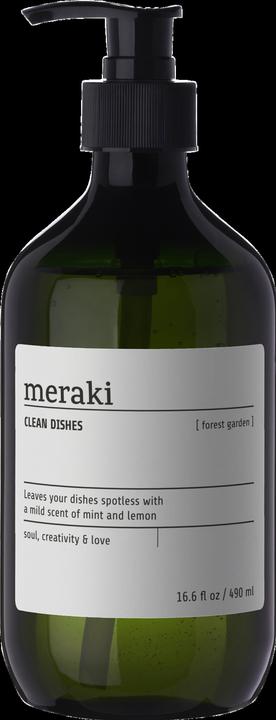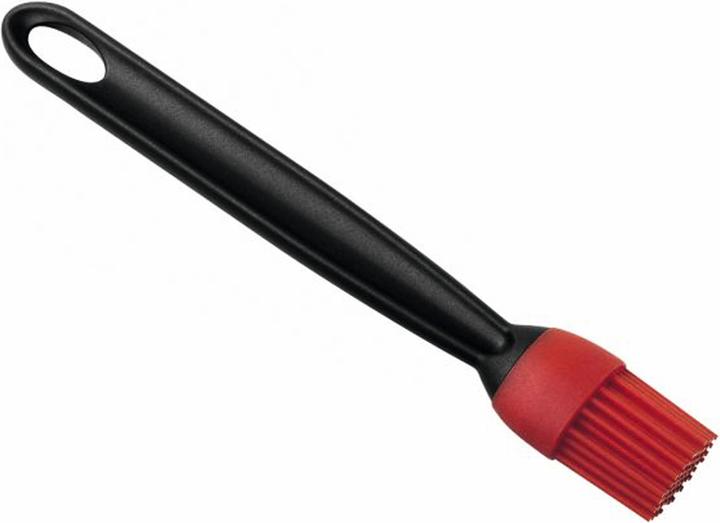

Real bristle vs. silicone brushes: which is better?
You’ll find one in practically every well-stocked kitchen drawer: the brush. But which is better, real bristles or silicone? I sift them out so you don’t have to.
When I was a baker and pastry chef, my brush was my bread and butter. You’ll find one of these implements in kitchen drawers across Switzerland. But which is better, real bristles or silicone? After years of experience, I know exactly what advantages and drawbacks each of these brushes offers. Here’s an honest, unfiltered comparison so you don’t have to waste time getting frustrated by a brush.
Material
My enthusiasm for real bristle brushes starts with the material itself. After all, who can resist a brush that looks like it was put together from the sad remnants of your grandad’s greying bald head? Granny certainly couldn’t. And I can’t either. In reality, however, practically all kitchen brushes use robust, pre-bleached pig bristles that are food-safe. They’re usually incredibly heat-resistant, making them suitable for applying hot oil or grease.
If your brush can’t withstand this, it’s a mixture of real and synthetic bristles. And you might want to buy a different brand of brush next time. In case you’re wondering: they’re bleached because black pig bristles aren’t as popular as blonde ones. Oh boy.
Completely charmless silicone is also heat-resistant, but my inner voice always whispers quietly but firmly: «Watch out, that’s plastic. If it gets too hot, it could melt and release toxic substances into your food.» It probably doesn’t. I know. Or does it?
According to the manufacturer, this real bristle brush is incredibly heat-resistant:

Functionality
Why wouldn’t you wear a fur coat out in the rain (apart from the fact real fur isn’t in fashion)? Because everyone knows that hair absorbs water and you’d look like a wet dog in no time. That’s why it makes more sense to opt for a jacket made of synthetic materials, which the rain will roll right off. Every material has its intended use. And in the case of brushes, absorbent real hair is made for them rather than water-repellent silicone. That about sums it up.
You can see the comparison in this video where I briefly dipped a real bristle brush and a silicone one in water and then drew a line on absorbent paper. The result speaks for itself:

Source: Judith Erdin
Cleaning
«I can just put the silicone brush in the dishwasher, you know – it’s so practical.» Meanwhile, I say: «Erika, no. That’s not reason enough to have a silicone brush.» The ease of cleaning doesn’t make up for the fact that it can’t fulfil its actual purpose, namely brushing pastries. To put it into perspective, if you need a bike to get to work, you wouldn’t buy one without wheels just because it takes up less space in your garage.
Need I mention at this point that the silicone brush is a real dust and crumb magnet? You clean it in the dishwasher, put it in your kitchen drawer, and when you take it out again a week or two later, it’s so full of dust and crumbs that you have to wash it again before you can start brushing your Sunday loaf. An unparalleled nuisance. Not for me, thanks.
Cleaning real bristle brushes, on the other hand, is a more sensory experience that almost feels like a gentle caress when you gently massage a drop of detergent into the soft bristles. Then you wash it out with fresh water, rhythmically moving the bleached hair back and forth in the palm of your hand to rinse out the last traces of soap. Lovingly rubbing it dry with a kitchen towel afterwards is the crowning glory of this almost spiritual ritual, which is more than enough reason for me not to reach for a silicone brush.
Washing your brush can even transport you to a walk in the woods:
Hygiene
I know that when it comes to coating raw meat with marinade, for instance, silicone brushes are most people’s first choice. It certainly makes sense from a hygienic point of view, but for me it’s still unnecessary because marinade can also be applied by hand without causing any issues. You don’t need an extra brush. This saves space in your kitchen drawer for something else that’d be more useful, like the caipirinha plunger you’ve always wanted (but will probably only need once). Or something along those lines.
If you don’t want to get your hands messy when dealing with meat:
Verdict
Using a silicone brush in the kitchen is frustrating and just not worth it. That’s why I’d recommend treating yourself to something decent. Because life is simply too short for mediocre brushes. Or anything mediocre for that matter.
Baking book author, food blogger and content creator by day. Other people's cat lover, peanut butter junkie and houseplant hospice nurse by night.
Interesting facts about products, behind-the-scenes looks at manufacturers and deep-dives on interesting people.
Show all



